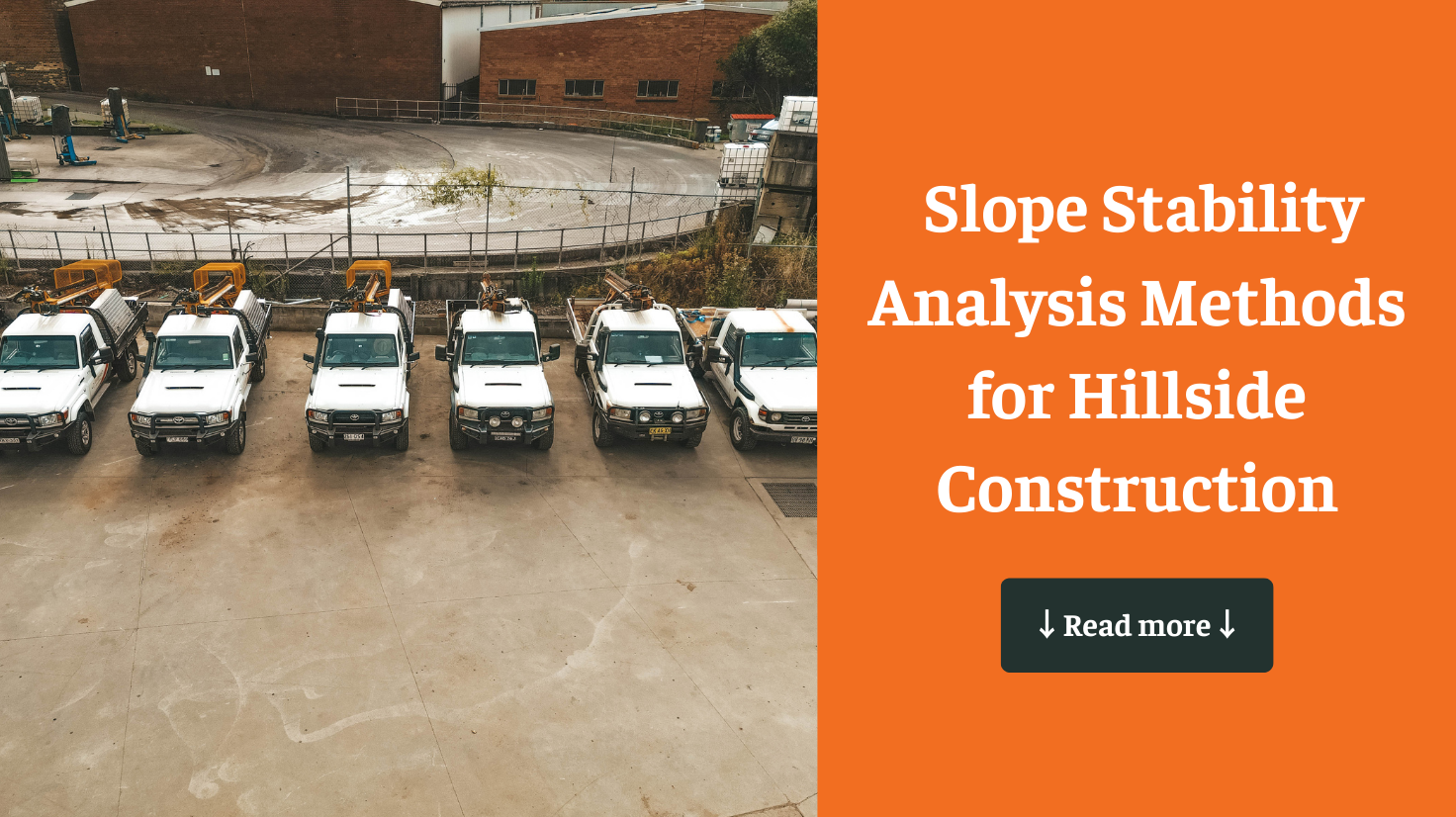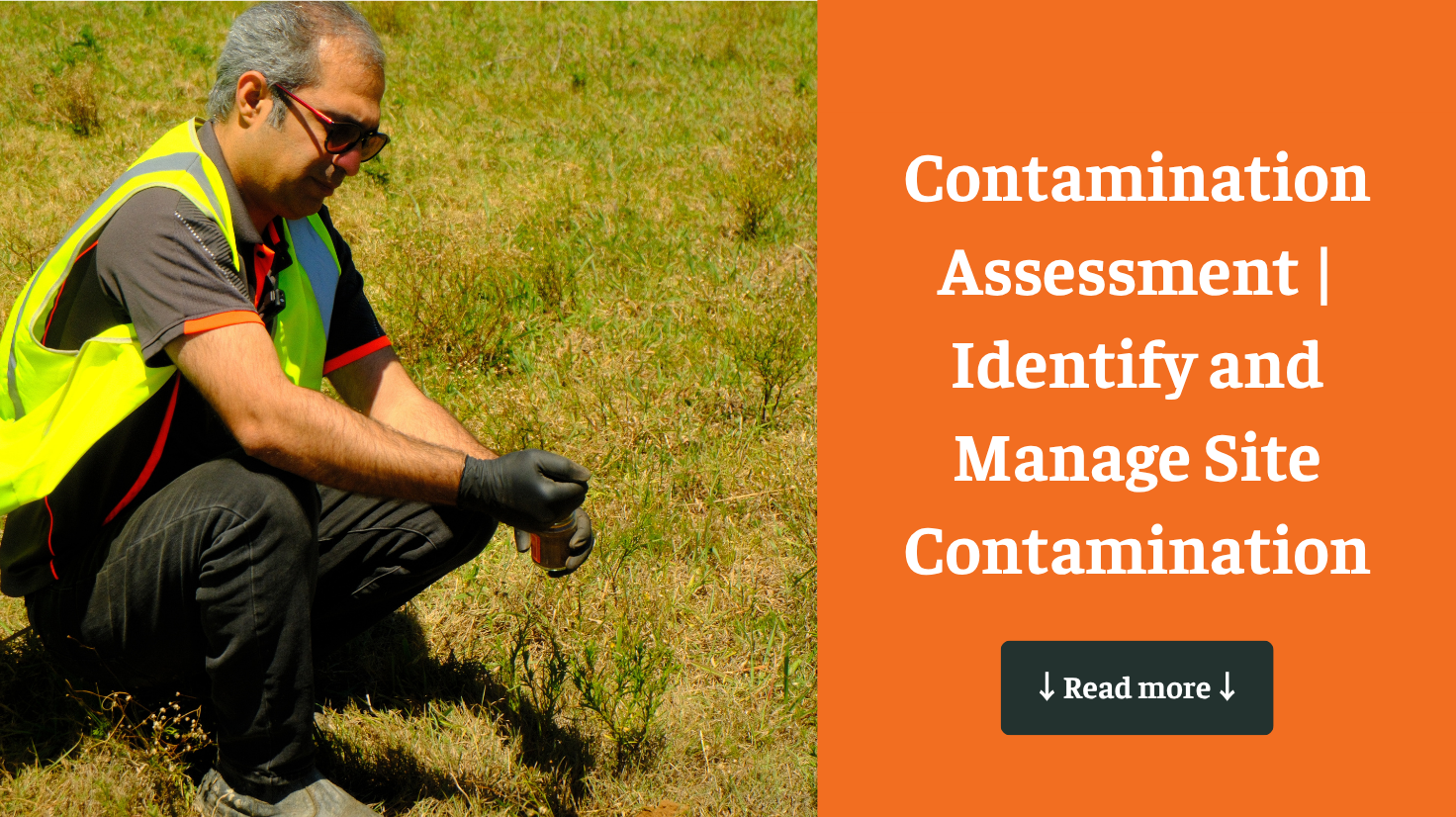A comprehensive overview of analysis methods such as limit equilibrium, finite element, and probabilistic analysis to ensure slope stability in hillside constructions.
1. Introduction to Hillside Construction Challenges
Building on hillsides presents unique challenges, primarily related to the stability of slopes. Hillside construction projects are vulnerable to issues like soil erosion, landslides, and slope failure due to gravity and environmental factors such as rainfall and soil composition. These risks necessitate careful slope stability analysis to ensure the safety and longevity of structures. Understanding and applying the right analysis methods can help mitigate risks and support the structural integrity of buildings and infrastructure on sloped terrain.
2. Common Slope Stability Analysis Methods
Several methods are commonly employed to analyze slope stability in hillside construction. Each of these methods offers different levels of precision and applicability, depending on the specific project requirements.
- Limit Equilibrium Method (LEM):
The limit equilibrium method is widely used in slope stability analysis. It simplifies the problem by assuming a potential failure surface and assessing the balance between the driving forces (such as gravity) and the resisting forces (such as soil strength). LEM is popular because it is straightforward and provides a quick assessment of whether a slope will remain stable or fail. - Finite Element Method (FEM):
The finite element method is a more advanced technique that divides the slope into small elements and calculates the stresses and strains within each element. FEM offers a detailed and accurate representation of slope stability, taking into account complex factors like soil-structure interaction and changes in soil conditions over time. This method is ideal for projects that require high precision and are dealing with complex geological conditions. - Probabilistic Analysis:
Probabilistic methods provide a statistical approach to slope stability analysis. Instead of offering a single safety factor, they quantify the likelihood of slope failure under different conditions. This method is particularly useful in areas where there is significant variability in soil properties, water content, or external forces like earthquakes. By analyzing a range of possible scenarios, engineers can better understand the risks and plan accordingly.
3. Comparison of Methods
Each analysis method has its advantages and limitations, making it important to choose the right approach for the project at hand. Here’s a comparison of the three primary methods:
Method | Advantages | Limitations |
Limit Equilibrium Method (LEM) | Simple, quick to use, and effective for many projects | May oversimplify complex soil conditions, lacks detailed stress-strain analysis |
Finite Element Method (FEM) | Highly accurate, accounts for complex interactions and dynamic changes | Requires more time and computational resources, may be too detailed for smaller projects |
Probabilistic Analysis | Offers a range of possible outcomes, good for assessing risk in variable conditions | More complex and time-consuming, requires accurate input data for meaningful results |
4. Best Practices for Hillside Projects
When working on hillside construction, there are several best practices that can be followed to ensure slope stability and project success:
- Conduct a thorough site investigation:
Understanding the soil type, groundwater levels, and environmental factors is crucial before beginning any analysis. This will help in selecting the right analysis method and designing appropriate slope stabilization measures. - Use a combination of analysis methods:
Relying on one method alone may not provide the full picture. For critical projects, combining methods like LEM and FEM can give a more comprehensive understanding of slope stability. - Implement proper drainage systems:
Water is a key factor in slope stability. Proper drainage systems should be designed to control surface runoff and prevent water from infiltrating the slope, which could lead to erosion or landslides. - Regular monitoring and maintenance:
Even after construction, slopes should be regularly monitored for any signs of movement or instability. Early detection of problems can prevent costly repairs or catastrophic failures.
5. Conclusion
Slope stability analysis is a vital component of hillside construction projects, helping to prevent slope failure and ensure the safety of structures. By choosing the appropriate analysis method—whether it’s the limit equilibrium method for simplicity, the finite element method for precision, or probabilistic analysis for risk assessment—engineers can mitigate the risks associated with building on sloped terrain. Combining these techniques with best practices, such as thorough site investigation and effective drainage systems, can ensure successful and stable hillside construction.
Order Our Geotechnical Services Now






